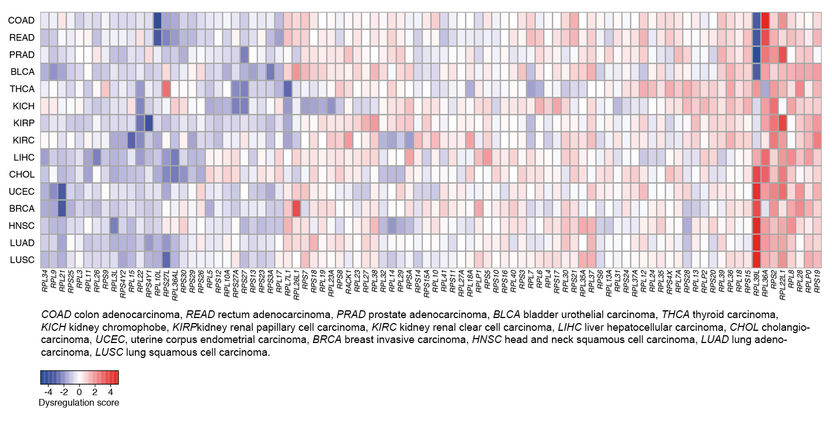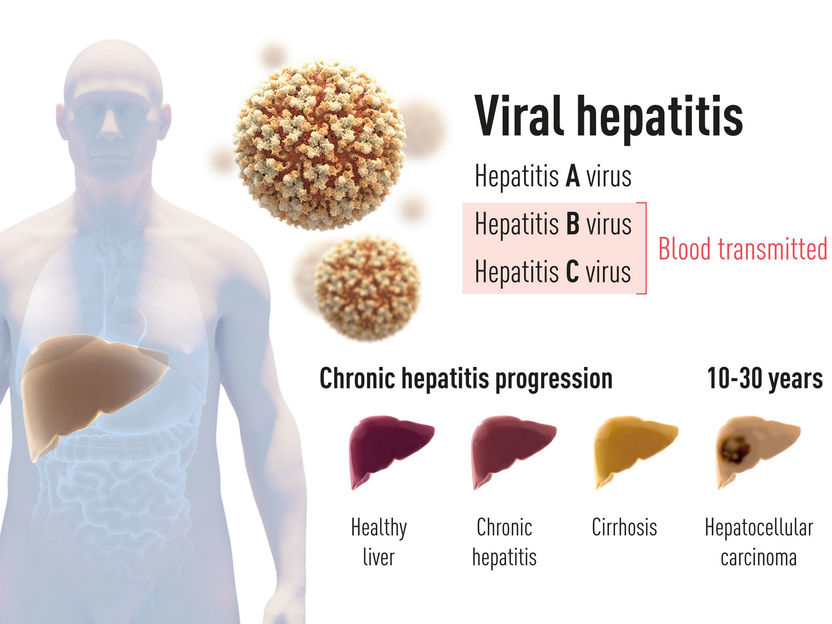Researchers develop new method to synthesise cannabis plant compound
cis-tetrahydrocannabinoids can now be produced synthetically, enabling pharmaceutical applications
A group of researchers at Leipzig University has developed a new method for synthesising cis-tetrahydrocannabinol (THC) – a natural substance found in the cannabis plant that produces the characteristic psychoactive effect and has many potential applications, including in the pharmaceutical industry. “Our strategy makes it possible to produce cis-tetrahydrocannabinoids and test them for their biological activity,” explains researcher Caroline Dorsch, who, together with Professor Christoph Schneider from the Institute of Organic Chemistry, has published her findings in the journal Angewandte Chemie.
She points out that until now there has been no way of synthesising this structural class in a consistent way. With their simple, inexpensive and nature-based synthesis, the Leipzig researchers have for the first time made the substance class of cis-tetrahydrocannabinoids accessible for a broad range of applications. The researcher notes that because previous methods required many steps and large amounts of chemicals and solvents, their approach is clearly superior. The substance can be synthesised with high overall yields and excellent optical purities using the new method.
Tetrahydrocannabinol is one of the phytocannabinoids produced in the cannabis plant. These compounds accumulate mainly in the inflorescences of the female plants. It has been known since the 1960s that this also produces the characteristic psychotropic effect in the body. Research into this natural substance led to the elucidation of the underlying mechanism of its action – the endocannabinoid system. This is the term used to describe the signalling pathway in the body that is affected by tetrahydrocannabinol and causes the characteristic effects of smoking marijuana, for example.
“Manipulating this pathway is of pharmaceutical relevance. Cannabinoids can have a variety of effects in the body, for example functioning as painkillers, antipsychotics or anti-epileptics. However, only a few cannabinoids are currently available on the pharmaceutical market. The prescription of natural cannabis products is occasionally viewed as an exception,” says Dorsch. The possession, cultivation and distribution of narcotic cannabis products is prohibited in Germany under the Narcotics Act (BtMG). Samples containing trans-configured cannabinoids are classified as narcotic. Recent studies have shown that cis-THC accumulates mainly in parts of the cannabis plant where the related trans-compounds are absent. This has so far led to the classification of such samples as textile or non-narcotic hemp. However, cis-THC does have a mild psychotropic effect.
THC is a chiral compound. Chirality describes a spatial arrangement of atoms in a molecule which cannot be superimposed on its mirror image. The image and mirror image of such compounds are called enantiomers and often have different effects in the human body. While nature can easily control the targeted synthesis of these compounds, this is a major challenge under laboratory conditions – which this work successfully overcomes. The newly developed process also requires very small amounts of catalyst, which is highly attractive from an environmental perspective in terms of saving energy and resources and minimising by-products.
cis-THC has received less research attention than the more potent trans-THC. Nevertheless, other natural substances not derived from cannabis also share a basic structure with cis-THC. These are valuable compounds with promising pharmacological profiles that have yet to be fully explored. The new strategy now presented has laid an important foundation for the more detailed investigation of this family of substances. In addition to cis-THC, a number of other natural and non-natural representatives of this structural class have been produced using this method.
Original publication
Other news from the department science

Get the life science industry in your inbox
By submitting this form you agree that LUMITOS AG will send you the newsletter(s) selected above by email. Your data will not be passed on to third parties. Your data will be stored and processed in accordance with our data protection regulations. LUMITOS may contact you by email for the purpose of advertising or market and opinion surveys. You can revoke your consent at any time without giving reasons to LUMITOS AG, Ernst-Augustin-Str. 2, 12489 Berlin, Germany or by e-mail at revoke@lumitos.com with effect for the future. In addition, each email contains a link to unsubscribe from the corresponding newsletter.
Most read news
More news from our other portals
Last viewed contents
Prince_John_of_the_United_Kingdom

Researchers uncover protein-based “cancer signature”
BioMed X and Boehringer Ingelheim start new joint research group
Nobilon advances first vaccine into human trials - Intranasal influenza vaccine begins Phase I clinical development
Raptor Pharmaceuticals and TorreyPines Therapeutics Receive Stockholder Approvals to Merge - Merger to Create NASDAQ-Listed Biopharmaceutical Company named Raptor Pharmaceutical Corp.

Nobel Prize for Physiology or Medicine 2020 Announced - Nobel Prize awarded to Harvey J. Alter, Michael Houghton and Charles M. Rice for the discovery of Hepatitis C virus
PharmAthene and SIGA Technologies sign definitive merger agreement
PerkinElmer announces third quarter results - GAAP Revenue of $548 million versus $563 million in the comparable prior period

Glox Therapeutics Secures £4.3M Seed Funding to Develop Precision Antimicrobials Targeting Drug-resistant Bacteria - Spin-out from the Universities of Glasgow and Oxford

Doped by food - Dopamine release regulates our eating behaviour

Turning fallen leaves into sustainably made paper - Ukrainian scientist selected as a finalist for the Young Inventors Prize 2024























































